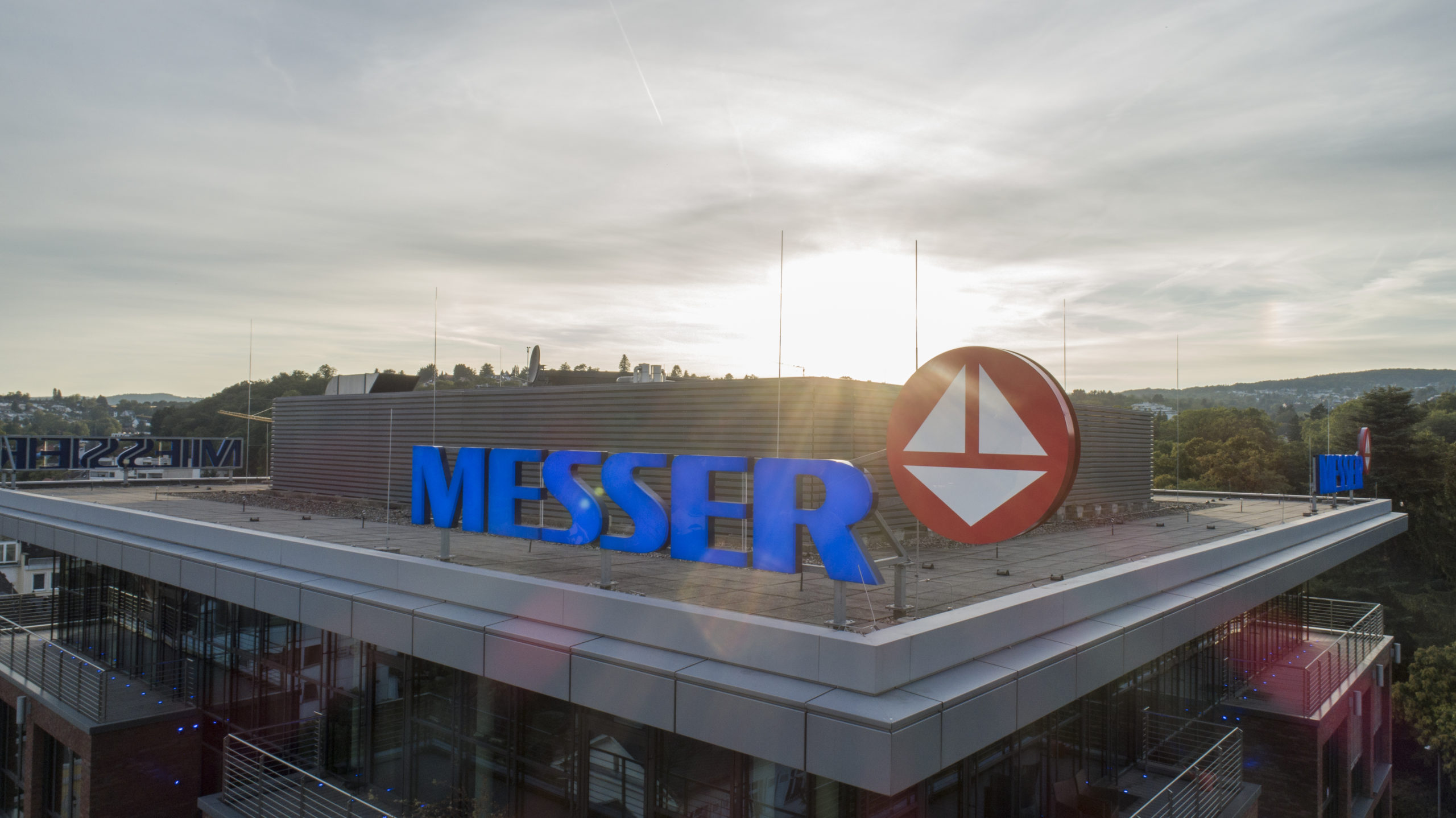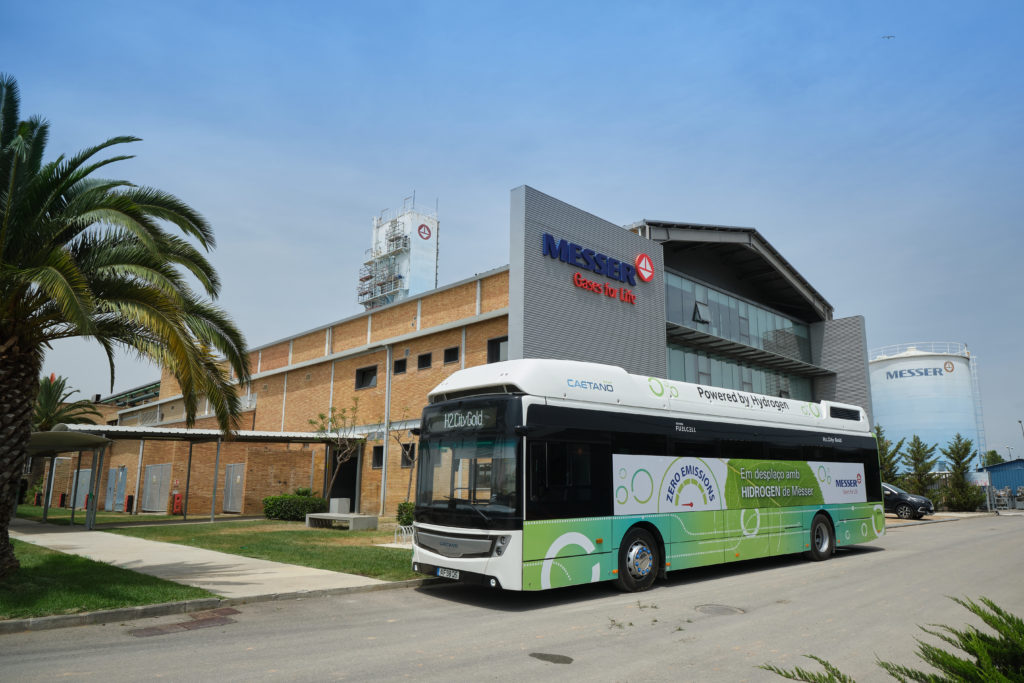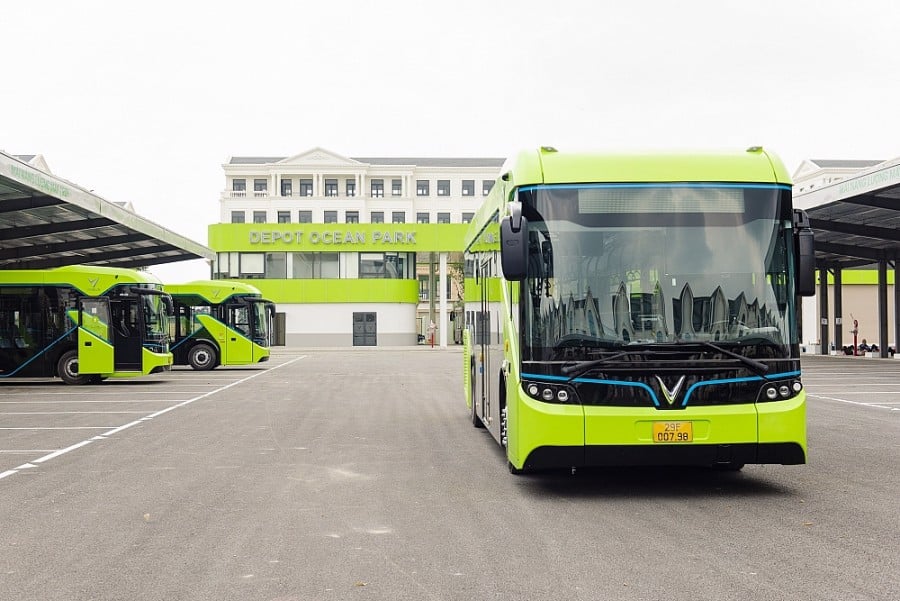
In recent years, air pollution is a problem attracting the attention of the whole world. Transportations are a major cause of emissions leading to environmental pollution. Therefore, "Green Mobility" is gradually becoming a popular search term on social networks. Let's explore this one keyword that captures a lot of attention!

Environmental impact from means of transport
Transport currently contributes to 23 percent of global energy-related greenhouse gas (GHG) emissions and 18 percent of all man-made emissions in the global economy. In one projection, energy related carbon dioxide (CO2) emissions are expected to grow by 40 percent between 2013 and 2040.
Air pollution—both ambient (outdoor) and household (indoor)—is the biggest single environmental risk to health; ambient air pollution alone kills about three million people each year. In addition, evidence from several countries suggests that traffic noise has the second biggest environmental impact on health.
Global transport emissions grew at an average annual rate of 2 percent from 1990–2012, and transport remains among the fastest growing sectors of CO2 emissions from fuel combustion. Road-based transport—passenger and freight transport—is responsible for more than 80 percent of the sector’s CO2 emissions. Optimizing the contributions of the transport sector will be essential to achieving the mitigations target.
Green Mobility
Green mobility is a broad concept that aims to simplify a diverse set of environmental impacts caused by the transport sector. In developing the green mobility objective, the GMR identified macro-level, aspirational, “green” targets to be achieved by 2030 and 2050 at the global scale. These targets are related to four dimensions:
• Climate change mitigation targets aim to substantially reduce GHG emissions from the transport sector as consistent with limiting the global
average temperature increase;
• Climate change adaptation targets aim to enhance the climate resilience of transport infrastructure and services, in line with targets set by the Paris Agreement.
• Air Pollution and Physical Activity targets aim to reduce premature death and illnesses from
air pollution and physical inactivity from transport related sources and choices.
• Noise Pollution targets aim to reduce the global mortality rate and burden of disease from transport related noise levels.

Messer Solutions
For sustainable mobility, Messer is working with the Toyota Group to offer a comprehensive solution for hydrogen-powered buses - including hydro generators and all the services required for operation: the "One-Stop-Shop“.

For detailed information on green hydrogen energy for buses, please see here
For more information about Green Mobility please see here
To find out more information about Messer's green hydrogen energy solution, please contact the information below:
North of Vietnam: Mr. Nguyen Ngoc Diep
Tel: 0966852698
Email: diepnguyen@messer.com.vn
Central of Vietnam: Mr. Le Thien Tin
Tel: 0989244944
Email: letin@messer.com.vn
South of Vietnam: Mr. Nano Tran Hoang Nghia
Tel: 0909592599
Email: nanotran@messer.com.vn




Comments are closed.